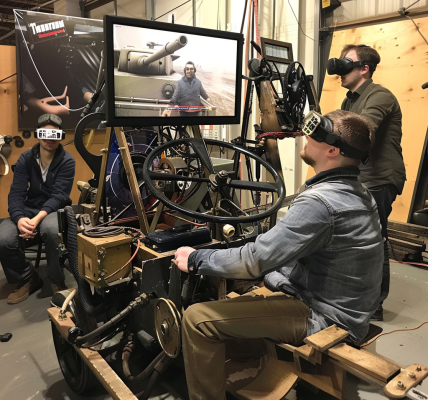The Greenhouse Effect Isn’t for Greenhouses
Think of a greenhouse. It’s a structure with glass walls that lets light in and traps heat, all for the benefit of the plants inside. As for how it works, that’s elementary! It’s all down to the greenhouse effect… right?
Alas, no. So many of us have been mislead. Let’s rexamine how we think greenhouses work, and then explore what’s actually going on.
Green Me Up Scotty
While it’s true that greenhouses create a controlled environment conducive to plant growth, the science behind how they work is a tale often mistold. It all comes down to misconceptions around the greenhouse effect.
In reality, the greenhouse effect is not how greenhouses work at all. Instead, it’s an analogy we use to help explain the concept of the Earth retaining additional heat from sunlight. In the case of our planet, sunlight comes to Earth, and a great deal of that is shortwave radiation—visible light. Much of that light is absorbed by the Earth and reradiated as longer-wavelength infrared radiation. So-called “greenhouse gases” in Earth’s atmosphere capture that infrared radiation rather than letting it float back off into space. The higher the concentration of greenhouse gases in the atmosphere, the more heat is trapped, and Earth warms up as a result. The “greenhouse effect”.
It turns out greenhouses work great even if you build them out of materials that are transparent to infrared. The Eden Project in Cornwall is a great example of this, using plastic ETFE cells in its construction.
The Misconception
The naming of the greenhouse effect has led many to assume that greenhouses work the same way. After all, greenhouses are full of plants that absorb sunlight, right? And some of that is re-radiated as heat. Further supporting the idea is the fact that greenhouses are traditionally made of glass. Glass tends to absorb infrared radiation rather than letting it pass through—much like greenhouse gases in our atmosphere! It all makes sense!
And yet, that’s not how greenhouses really work at all. The tell is that you can build a greenhouse out of polyethylene. Unlike glass, polyethylene is quite transparent to the thermal wavelengths of infrared. If greenhouses relied on trapping infrared radiation for warmth, they wouldn’t work with the plastic at all. But they do!
How Greenhouses Really Work
Greenhouses aren’t really about radiation at all. Instead, they’re all about controlling convection instead.
Picture a bare patch of ground. As the sun shines on it, it heats up. The warm ground in turn heats up the air above it. The warmer air expands and becomes less dense, and rises up from the ground. It’s replaced by cooler air which again saps heat from the ground and through convection, ca





